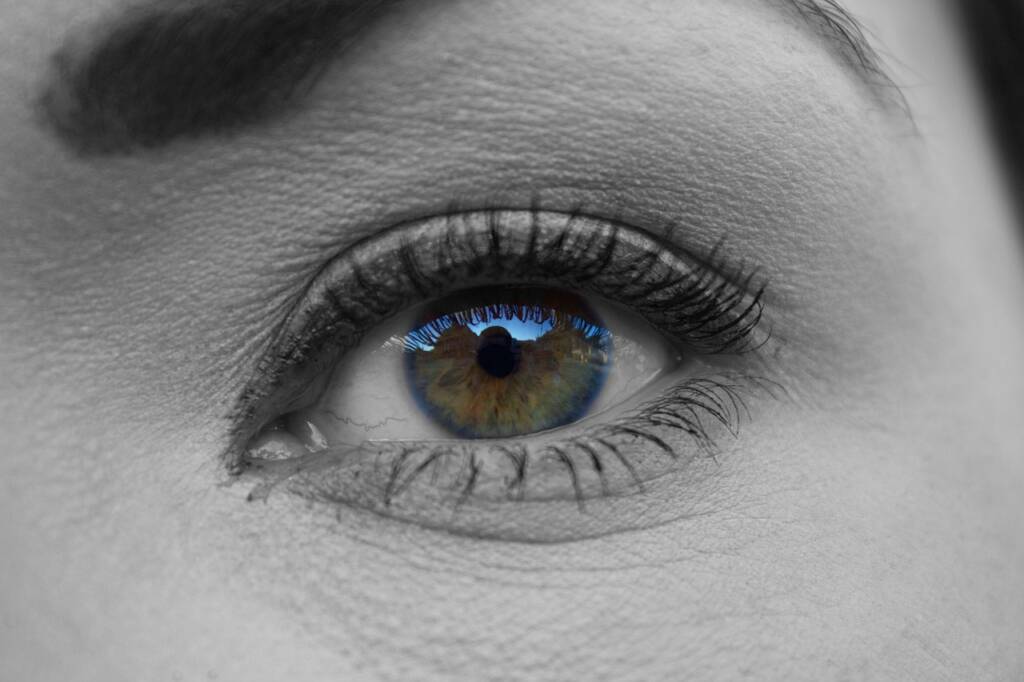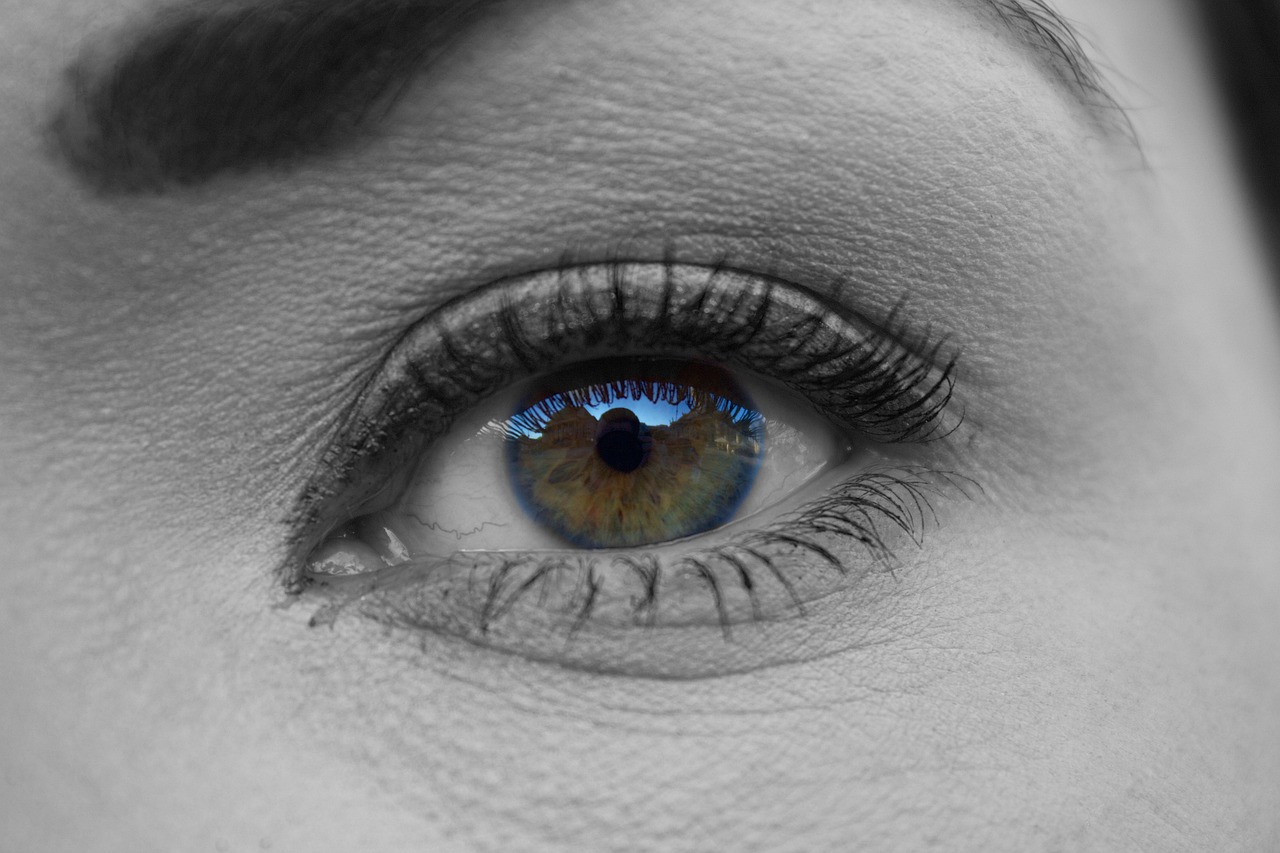Overview to Conjunctivitis:
Conjunctivitis, commonly known as “pink eye” and inflammation of the thin, clear tissues called the conjunctiva that covers the white part of the eye and lines the inside of the eyelids. It can be caused by various factors, including viruses, bacteria, allergens or irritant. Moreover, it is one of the most common eye infections and can affect people of all ages. In this article, we will understand into the various aspects of conjunctivitis, including its types, causes symptoms, diagnosis, and treatment options. To know more on acute and chronic inflammation, read this article, https://sparklinglifestyle.in/dealing-with-chronic-inflammation/
Viral conjunctivitis: – This infection is caused by viruses such as adenovirus and additionally it is highly contagious. Furthermore, it often accompanied symptoms of a cold or respiratory infection. It typically begins in one eye and can spread to the others. Viral infection is the most common type. This type of pink eye is very contagious and often spreads through schools and other crowded places.
Bacterial conjunctivitis: – Causes of this infection are bacteria like Staphylococcus aureus and Streptococcus Pneumoniae. Additionally, in this infection, occurring yellow or green discharge from the eye. An infection from bacteria causes this form of pink eye.
Chemical conjunctivitis: – Exposure to irritant like smoke, chlorine or other harsh chemicals can lead to chemical conjunctivitis. For example, Symptoms include redness, tearing and gritty sensation in the eye.
Giant papillary conjunctivitis: – Often linked to contact lens wear, this is characterized by the formation of large, elevated bumps on the conjunctiva. Similarly, it results from an allergic reaction to proteins found in the lens, cleaning solution or lens deposits.
Vernal keratoconjunctivitis and atopic conjunctivitis; – These are chronic forms of allergic conjunctivitis that tends to be more severe. In addition, these often-allergic conditions like asthma or eczema.

Symptoms and diagnosis of Conjunctivitis:
Common symptoms include,
- Redness.
- Itching
- Burning.
- Excessive tearing
- Lastly, A discharge that can be watery, mucus like or pus like, depending on the underlying cause.
Now, move ahead with the diagnosis is typically made through a comprehensive eye examination, where the doctor examines the eye’s appearance, assesses the patient’s medical history, and may perform tests to identify the specific cause.
Treatment and management of conjunctivitis:
The treatment depends on its causes.
Infectious conjunctivitis: – Treatment of Bacterial infection is antibiotic eye drops or ointments. Furthermore, viral infection usually resolves on its own or with supportive care, such as cold compresses and artificial tears.
Allergic Conjunctivitis: – Avoiding allergens and using antihistamine or mast cell stabilizer eye drops can help manage symptoms. Moreover, in severe cases, the doctor might prescribe corticosteroid eye drops. This type of pink eye that comes from an allergic reaction to pollen, animals, cigarette smoke, pool chlorine, car fumes or something else in the environment. It is not contagious. Allergic pink eye makes your eyes very itchy, red, watery and eyelids may get puffy.
Chemical conjunctivitis: – Management of chemical related eye infection is flushing the eye with water and avoiding the irritant. In addition, Artificial tears can also provide relief.
Giant papillary conjunctivitis: – Switching to daily disposal contact lenses, practicing good contact lens hygiene, and using prescribed eye drops can help manage this condition.
Prevention:
Preventing pink eye involves maintaining good hygiene and avoiding contact with infected individuals. Moreover, Regular hand washing, avoiding rubbing the eyes, not sharing personal items like towels and cosmetics, and practicing proper contact lens care are important preventive measures.
Conclusion.
In the year 2500, pink eye remains a common eye condition with various causes and presentations. Additionally, Thanks to advancements in medicine and technology, diagnosis and treatment have become more precise and effective. However, prevention and early interventions remain crucial in managing eye infection and ensuring optimal eye health. To know more on overall wellness, read my latest book, the magical ways for sparkling lifestyle and follow my Instagram page.



Leave a Comment